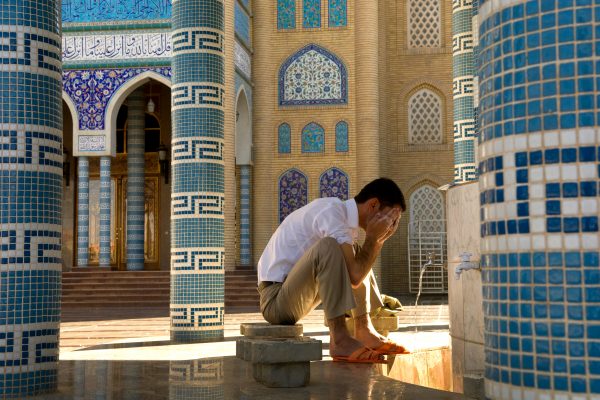[dropcap]Y[/dropcap]ou may be wondering what symbolism actually is. Well, here it is:. The usage of symbols to illustrate a deeper meaning. However, that begs the question, what is a symbol? Symbols portray abstract ideas and qualities. Not only do these ideas and qualities have symbolic meanings but they no longer hold their literal meanings. There are many different forms of symbolism; they may be attributed to people, places, objects, actions, facts and words. They can also be used to display the mood or emotion. And they can be found everywhere. It is so abundant in our society, that there are now entire courses taught in universities and even huge and elaborate conspiracy theories related to symbols.
Still doesn’t make sense? Not to worry, let’s elaborate with an example. For instance, there are many types of flowers, however, a red rose is one of most popular flowers in the world. This is not because of its beauty but what it symbolises, which is love or romance. A red rose in itself is symbolic due to the colour red, which also symbolises blood, passion or danger. We do however need to note that when, where and how the object or action is used determines its symbolic meaning and it can be altered given a different context.
This may also differ for some cultures and religions; some may find the colour white to be a symbol of life and purity, as we know it is commonly worn in Christian weddings. Likewise, when Muslims go to Makkah for the holy pilgrimage they also wear white but as a symbol of unity as well as purity from the worldly pleasures. On the other hand, some faith groups choose to associate the colour white with the passing of someone and wear it at funerals.
Symbols happen to have a deep psychological impact. Carl Jung, the famous psychologist in his book Man and His Symbols, talks about the effect that symbols in our life play on our subconscious. It helps man understand concepts that are difficult to relate to and understand such as God and religion. That might be the reason why symbols play an extraordinary role in all religions. The cross is a symbol for Christianity as is the six-pointed-star a symbol of the Jewish faith.
As the title suggests symbols are also significant in Islam. The crescent and star as well as the phrase Allah o Akbar (God is great) both symbolise Islam. We also find many symbols of love and devotion for the Creator. The act of worship five times a day is one of the biggest examples of re-enforcing that love and devotion. It goes even further. The instances within prayers are symbols too. The act of prostration (sajdah) is a symbol of total submission to the will of Allah. If these sort of symbols weren’t important or didn’t have an impact, why would the PERFECT RELIGION use it?
If we believe Carl Jungs’ analysis, we can deduce that all these symbolic acts and words in Islam help build the faith of the person on a subconscious level. Therefore, if a person starts performing the acts of worship while not having a firm belief, it may be that the simple act of carrying on the symbolic acts make his faith stronger and his devotion deeper towards Allah.
There is also a dark side to symbology where it can be used to hurt people. For example, in recent years, a minority of people chose to burn the Holy Quran. The act was committed because the Quran is also a symbol of Islam. Burning it is an act of threatening Islam itself. As it so happens, it had an unexpected impact. On the one hand, this evil act caused an uproar amongst the Muslims, but on the other hand it also united the Shia and Sunni sects as believers in the Quran. The response was universal.
If someone would have burnt any book, it wouldn’t have been symbolic enough. In order to make a statement that would make an impact, it was important that the book had a symbolic value. Cultural and religious symbols have a way of providing psychological security. Once threatened, those who value them feel insecure, sensitive and take offence. This shows how protective we are of symbols even if its is only on a subconscious level.
As is illustrated above, there is great power in symbols where the same symbolic act can have a positive and a negative impact at the same time. It is important to understand this power because it plays such a huge part in our lives despite most people not knowing about it at all. Therefore, once we understand it, we might be able to understand our religion better. It might bring a deeper meaning to our worship and even help us understand our reactions to symbolic acts of troublemakers and enemies of Islam.






